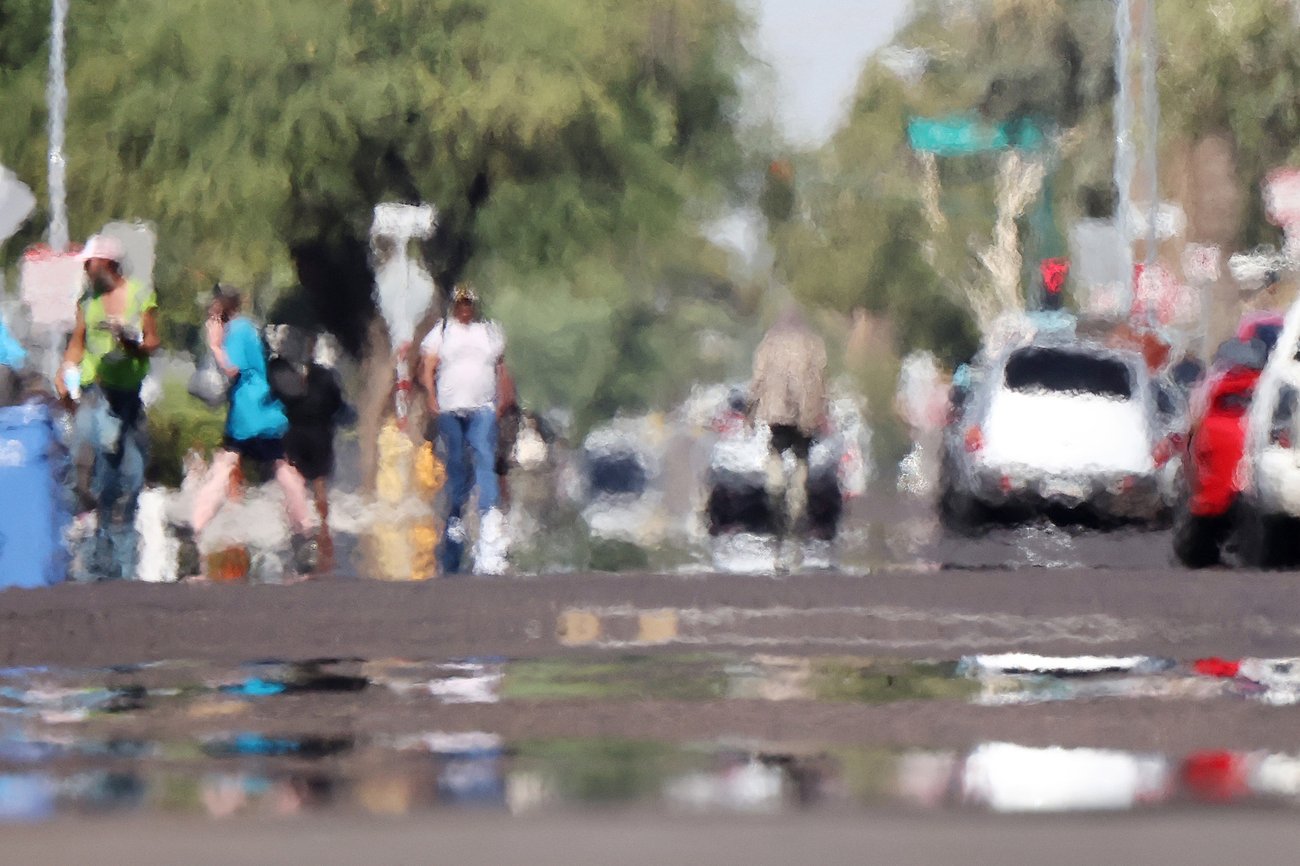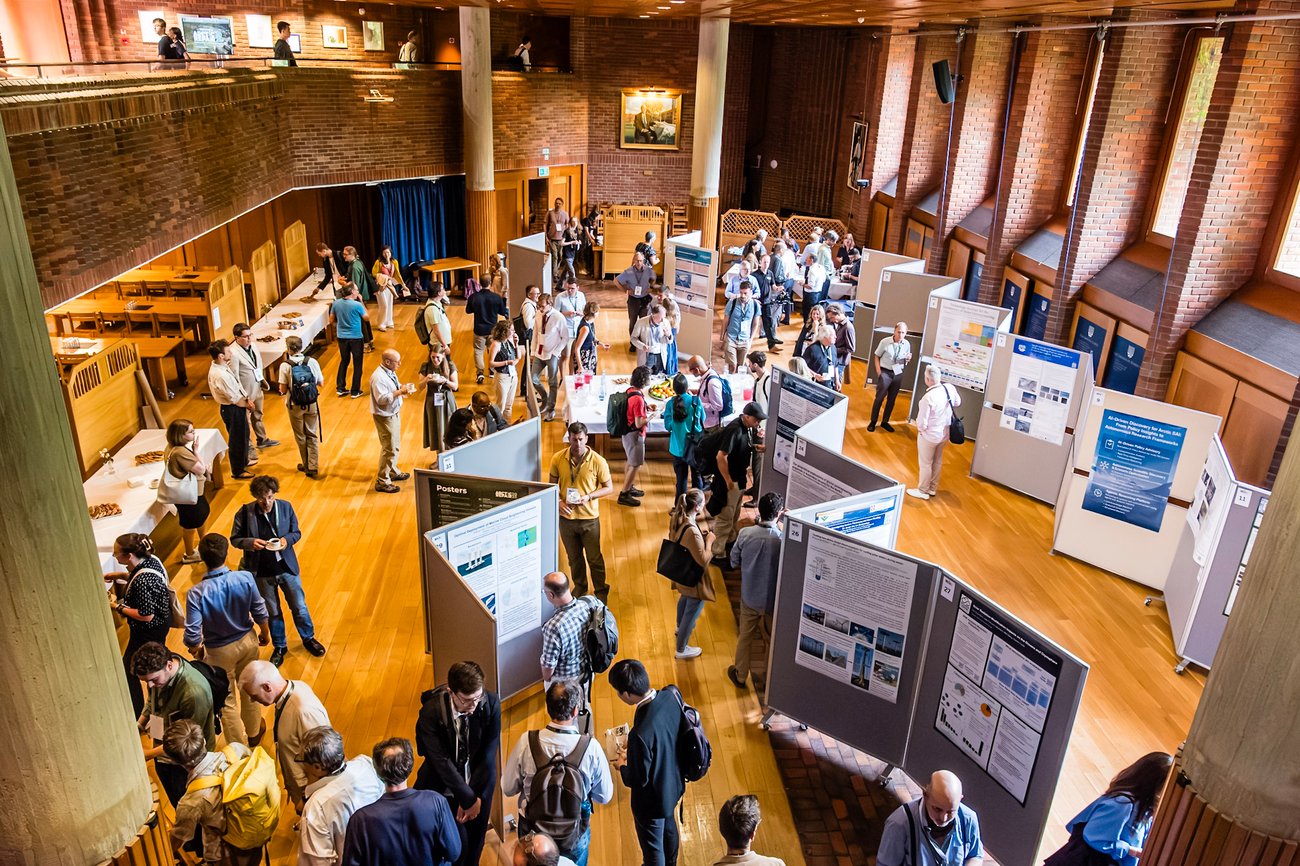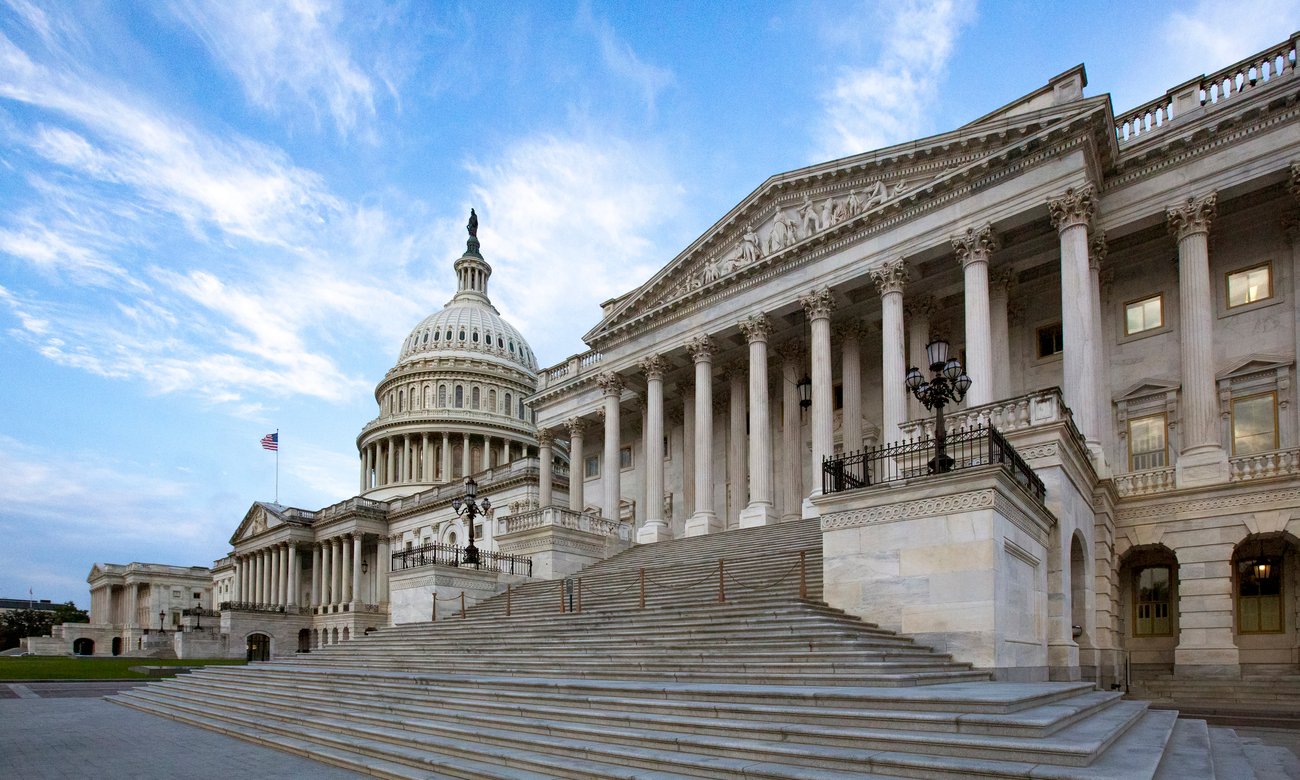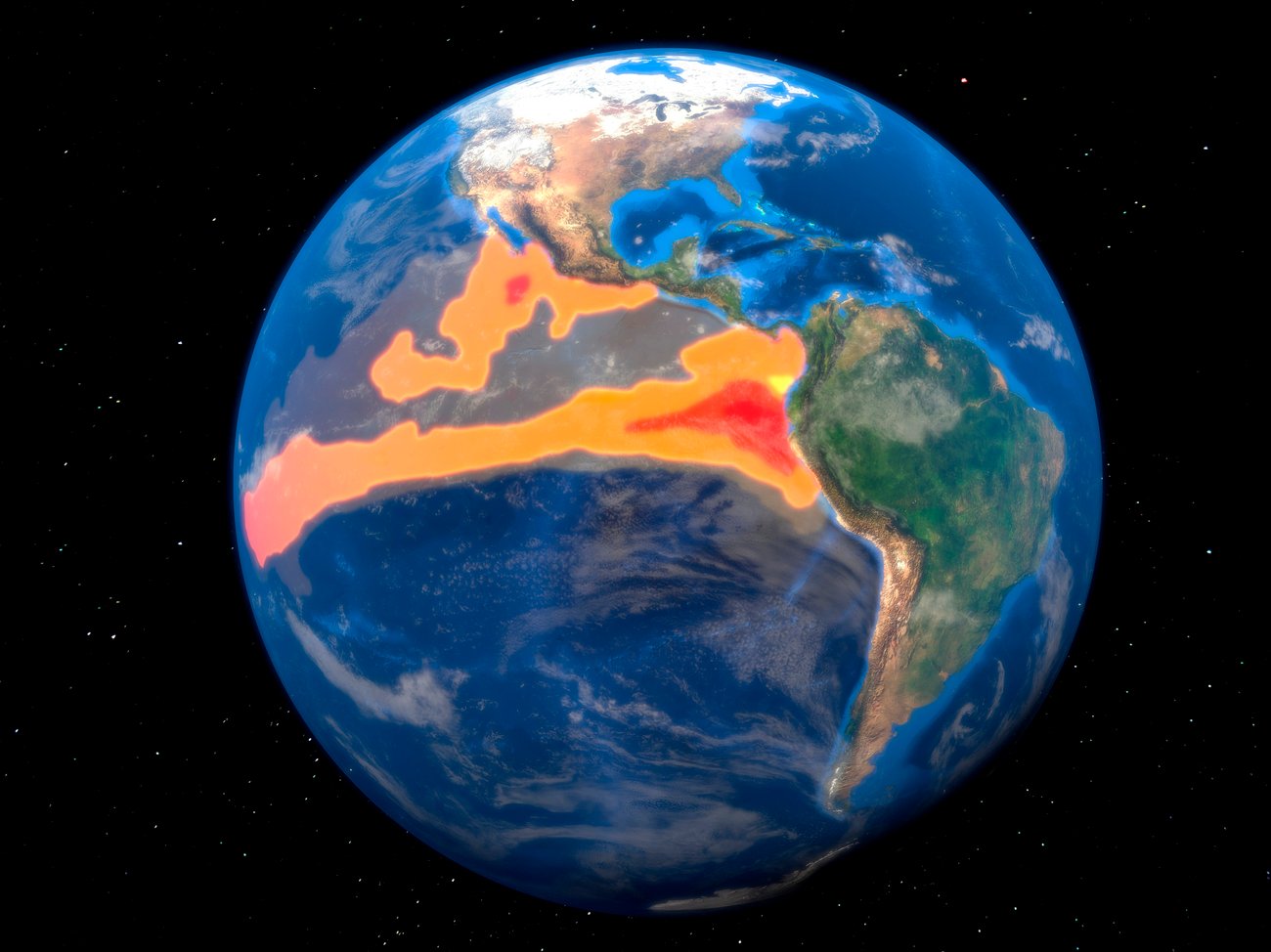|
|
August 2025 Update
Dear ,
With more than 80% of the planet’s reefs affected by heat-related bleaching in the past two years, the Great Barrier Reef suffered its biggest annual drop in live coral to date. On land, a northern hemisphere summer of heatwaves and wildfires once again underlined the impacts of global warming.
Yet even as the stakes grow higher, political opposition to solar geoengineering, or sunlight reflection methods (SRM), is gathering pace. In the US, the march towards state bans and proposed federal legislation continued, and in Africa, a ministerial conference reaffirmed opposition to SRM and called for a non-use agreement.
New research also suggests that there is now more opposition than support for SRM research in the US, and a media piece about the cancelled Alameda marine cloud brightening experiment (MCB) highlighted concerns around transparency.
Read on for our coverage of these and other recent developments. And join us next week for our latest Live Discussion: Making Sense of Wildfires and Solar Geoengineering. Register today to attend or receive the recording.
-The SRM360 Team
|
|
|
New From SRM360 |
|
|
|

|
|
We’re excited to launch a new product – our Primers address key climate issues and regions, exploring how they could be affected by climate change and SRM. First up, our SRM & Extreme Heat Primer serves as a companion to last month’s Live Discussion.
|
|
|
|
|
|
|
|
|
Community News and Events |
 |
Poster session at the 2025 Arctic Repair Conference. Credit: Paul Ashley / Centre for Climate Repair |
US climate group workshop on SRM
In Washington, D.C., the Alliance for Just Deliberation on Solar Geoengineering (DSG), Chesapeake Climate Action Network (CCAN), and Environmental Defense Fund (EDF) co-hosted a two-day workshop. The event brought together climate advocates, grassroots organisations, and non-profit groups to explore discussions on current research, future governance, global perspectives, and
potential civil society engagement. CCAN’s Mike Tidwell shared his perspective on why climate groups should actively engage with SRM research.
Climate leaders discuss SRM in conversation on “climate contingency planning”
Christiana Figueres, the former head of the UNFCCC and lead negotiator of the Paris Climate Accord, interviewed Ricken Patel, founding President and former CEO of the activism organisation Avaaz, on what he calls “climate contingency planning”. The two discussed the need to consider innovative climate solutions, including SRM, as the world grapples with the reality of overshooting 1.5°C.
AGU recognised for Ethical Framework
The American Geophysical Union (AGU) has received the American Society of Association Executives’ Power of Associations Gold Award for its Ethical Framework Principles for Climate Intervention Research. Published in October 2024, the framework outlines five core ethical principles – responsible research, holistic climate justice, inclusive public participation, transparency, and informed governance – to guide work on carbon dioxide removal (CDR) and SRM.
Arctic Repair Conference: session recordings
At the event held in Cambridge in June, several speakers discussed SRM, including Clara Botto and Peter Irvine. The full event playlist is available here.
|
| UPCOMING EVENTS
|
|
|
In the Media |
 |
The United States Capitol. Getty Images. Photo Credit: Thanasis |
Proposed "weather modification" bill introduced at federal level
Following the rise of bills introduced by Republicans across many states, Marjorie Taylor Greene proposed a federal bill that would ban "weather modification". The "Clear Skies Act" bill includes geoengineering, SRM, and "a release of an aerosol into the atmosphere to influence temperature, precipitation, or the intensity of sunlight" alongside cloud seeding in its definition of weather modification activities.
New information raises transparency questions around Alameda experiment
Coverage by Politico of internal documents from the University of Washington team behind the cancelled 2024 MCB experiment raised questions about public communications. The article points to a previously undisclosed proposal for a much larger experiment, and a decision to keep the Alameda experiment out of public messaging about the MCB programme in the run-up to the study.
Media support for further research to prevent tipping points
The New Scientist calls for more research into SRM as a potential pathway to prevent tipping points, including considering outdoor experiments. However, Carbon Pulse questions if research is
currently constrained by a lack of political will to explore SRM. The New York Times highlights the threat to coral reefs and explores whether marine cloud brightening could offer protection, while Research Professional News discusses whether ARIA’s upcoming experiments could present an opportunity for public engagement and transparency.
|
|
|
|
|
|
SRM Academic Highlights |
 |
El Niño is the warm phase of the El Niño–La Niña Southern Oscillation (ENSO) that occurs across the tropical Pacific Ocean roughly every five years. Getty Images. Photo Credit: Juan Gaertner/Science Photo Library |
Marine cloud brightening could greatly suppress El Niño
The El Niño Southern Oscillation (ENSO) drives large, periodic warming and cooling of the tropical Pacific Ocean, impacting extreme weather around the world. Xing et al. find that marine cloud brightening in the Eastern Pacific could suppress the magnitude of these ENSO variations by around 60%, while stratospheric aerosol injection (SAI) would have a very limited effect.
Is the US public turning against solar geoengineering research?
Drawing on surveys, interviews, and focus groups, Buck et al. find more opposition than support for solar geoengineering research in the US, with Republicans much more strongly opposed than Democrats. They also find that over 20% of those surveyed believe it is at least somewhat true that the US government has a secret programme to put harmful chemicals in the atmosphere.
Make Sunsets’ activities highlight the need for Latin American engagement with SRM
Carabajal et al. explore the issues raised by Make Sunsets’ SAI activities in Mexico in 2023 and the Mexican government's calls to ban SRM experiments that followed. They argue that Latin America and the Caribbean should engage with the research on SRM, as well as the public and policy discussion around it.
SAI optimisation and its limits
The consequences of SAI and other SRM approaches depend on how they are implemented. Brody et al. explore the trade-offs and limits of optimising SAI deployment at different latitudes. They find that optimised deployment could outperform standard scenarios of SAI deployment, though not by much.
|
|
|
Join Us on Social Media |
|
|
|
|
Want even more SRM content?
Manage your subscription preferences.
Receive this newsletter from a friend and want it in your inbox?
Subscribe.
|
|
|
| SHARE YOUR FEEDBACK
|
|
|

|
Copyright (C) 2025 SRM360. All rights reserved. |
|
|